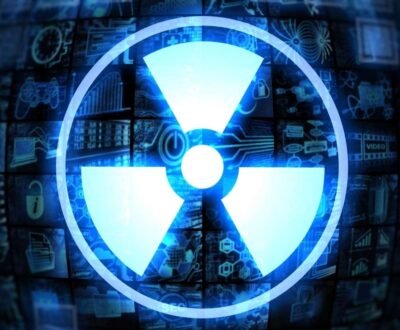Auburn University and the University of Alabama at Birmingham Department of Psychology have jointly researched to conclude that scans of the brain indicate autism signs that might provide support to behavior based autism diagnosis and also efficient early therapies in future. These findings appeared in Frontiers in Human Neuroscience, part of a unique issue that spoke about brain connectivity in autistic people.

According to the senior researcher of the project, the research proposes that brain connectivity may be one of autism’s neural signatures and may even help in clinical testing of autism in future. The transfer of information between the areas of the brain and the fundamental influence of an area of the brain on another was found to be weaker in case of autism.
It was found by the investigators that brain connectivity data taken from nineteen paths in scans of the brain forecasted if the participants of the study had autism or not, the accuracy rate being 95.9%. A study was done on fifteen adults and adolescents who were high-functioning and had autism, along with fifteen normally developing control subjects aged between 16 and 34 years. The data was collected in the lead researcher’s autism lab and then analyzed with the help of a novel connectivity method.
According to the current study, adults who have autism spectrum disorders process social signs in a different way than what is typical. There was also a revelation of the disturbed brain connectivity, which provides an explanation as to their inability to understand social processes like ordinary people. The disturbed brain activity causes constantly weaker regions of the brain, which can clearly be distinguished from regular people.
The participants of the study were required to select the most rational of three probable endings while they were made to watch a sequence of comic strips as a functional MRI scanner calculated their brain activity. The scenes consisted of a glass on the verge of falling off a table, along with a man taking pleasure in the music played by a street violinist and then giving him some cash. Many of the participants of the group had trouble finding a rational end to the scene with the violinist, which needed an understanding of mental and emotional states. This study proved that adults who have autism spectrum disorders have difficulty processing subtle social signs. The study showed that the weak connectivity was a hindrance to cross-talk between the different brain areas in autism.
It is believed that over the course of the forthcoming decade, this research would be moving in the direction of looking for objective methods to complement autism diagnosis with testing the efficiency of intervention for boosting brain connectivity.
Currently, autism is diagnosed via behavioral observation and interviews. Though its diagnosis can occur as early as 18 months, in actuality the earliest diagnosis happens around the ages between 4 and 6 when children start facing difficulties in social settings and school.
About us and this blog
We are a teleradiology service provider with a focus on helping our customers to repor their radiology studies. This blog brings you information about latest happenings in the medical radiology technology and practices.
Request a free quote
We offer professional teleradiology services that help hospitals and imaging centers to report their radiology cases on time with atmost quality.
Subscribe to our newsletter!
More from our blog
See all postsRecent Posts
- Understanding the Challenges of Teleradiology in India January 19, 2023
- Benefits of Teleradiology for Medical Practices January 16, 2023
- Digital Transformation of Radiology January 2, 2023









